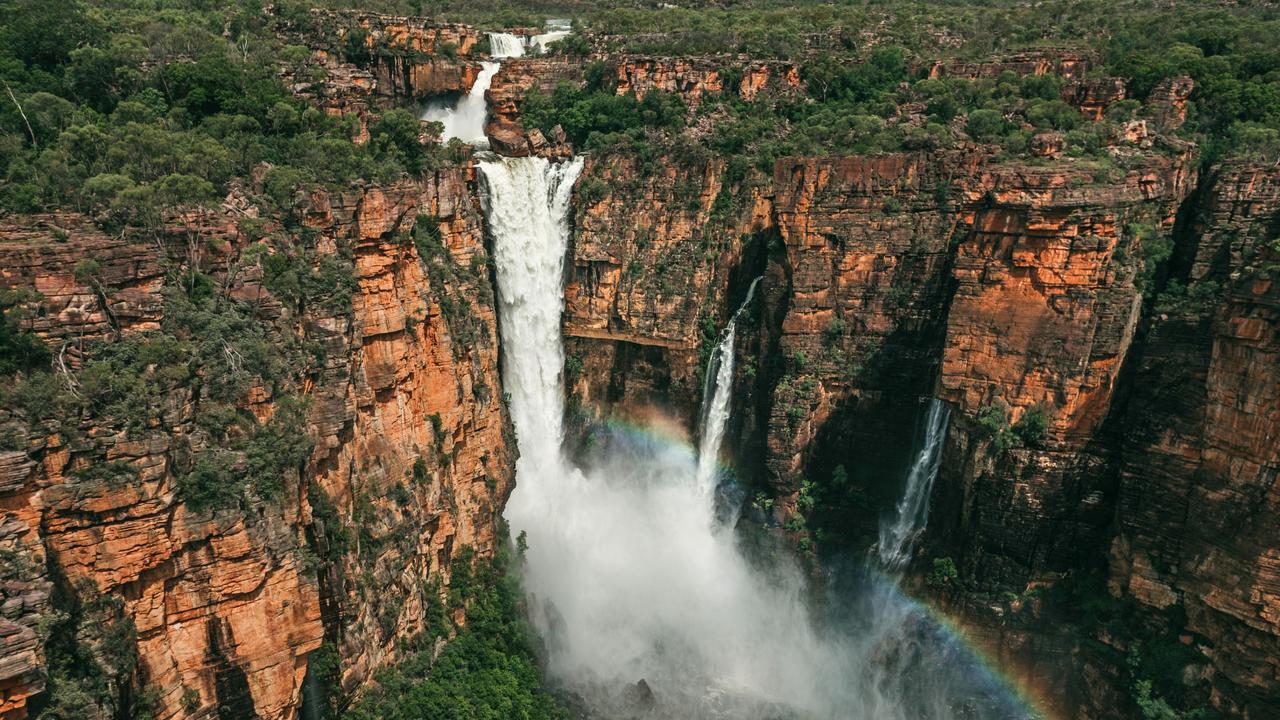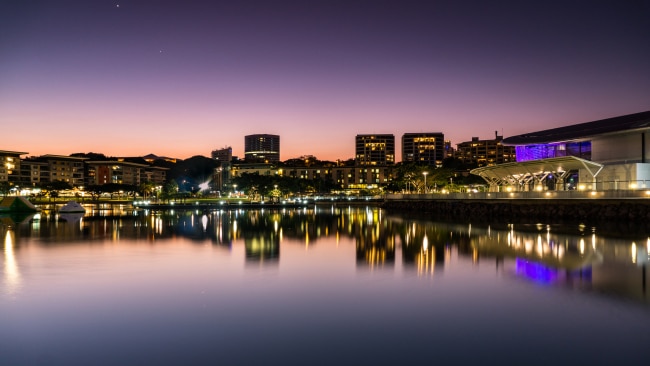3 things to know before going to the NT
There's a lot to consider when booking your trip to the Top End - but none could be as important as knowing the seasons, and what each means for your escape.
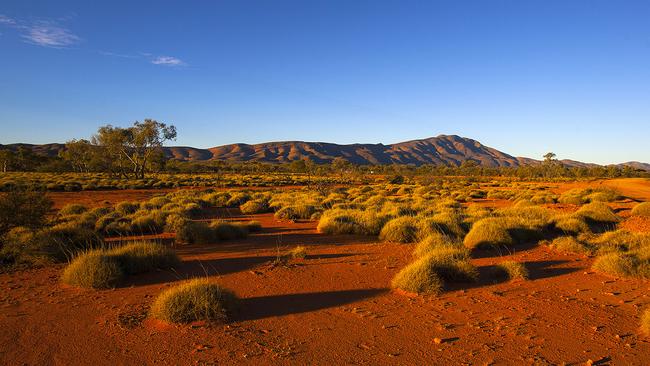
NT
Don't miss out on the headlines from NT. Followed categories will be added to My News.
Refer to winter in the Top End and be prepared to get a funny look. Up here seasons are discussed in terms of rain and lack thereof.
THE DRY
This usually goes from May to August, but can vary from year to year. Signalled by the arrival of large groups of dragonflies, endless blue skies, warm days and cool evenings - this is the season that keeps Northerners sane.
While the rest of Australia is shivering through the middle months of the year, the Top End is awash with activity. There are a host of festivals and exhibitions that showcase different cultures, food, art and sport. Some highlights are the Seabreeze, Barunga and Darwin Festival.
EXPLORE DARWIN AND LITCHFIELD NATIONAL PARK
The beautiful weather during The Dry makes it an ideal time for camping, fishing and exploring the national parks. The only trouble is that the tourists also agree. Book flights, hire vehicles and accommodation well in advance and be prepared to pay premium prices.
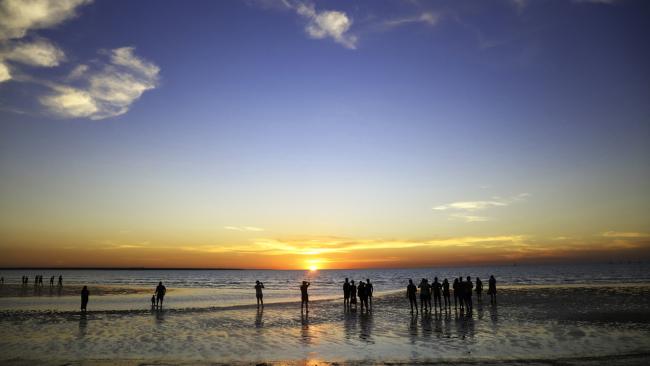
THE BUILD-UP
This hot, humid time of the year generally goes from September to December. This is a great time to visit Darwin if you need a slow and relaxing holiday. The intense weather will force you to lie by a pool and finally get stuck into those books that’ve piled up during the year.
An added bonus is that there are no crowds and prices are at their lowest. This time of year also coincides with the mango season. Think crates on the side of the road for $10.
But it’s not all tropical cocktails and pool parties. There’s a reason why this time of year is dubbed “mango madness”. The heat really can make you troppo, so be sure to seek cooling activities and lay low during the hotter parts of the day.
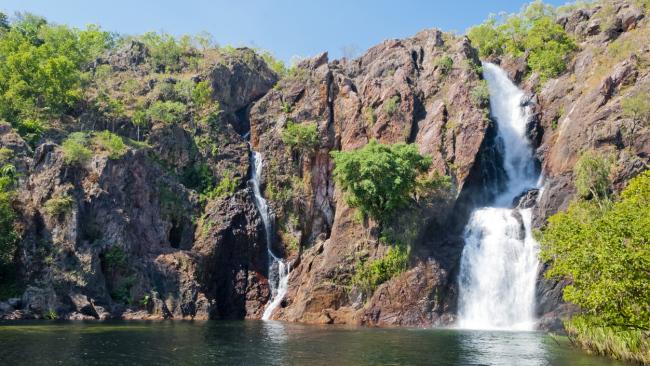
THE WET
The monsoon season or The Wet as its referred to, is from December to April. The wettest month is typically January, with cyclones coming as early as November or as late as April.
If visiting at this time you can expect hot, humid days with an afternoon monsoonal storm. The traditional owners of Kakadu recognise six seasons. The season of banggerreng, translates as “knock ’em down rains” which perfectly sums up this time of year.
There’s not much point packing protective rain gear other than a pair of rubber thongs, and umbrellas rarely withstand the accompanying monsoonal gusts.
If you’re fortunate enough to experience an electrical storm, seek out the foreshore or a balcony and take in mother nature’s light show, preferably with a cold beverage in hand.
The dry season is promoted as the best time to visit the national parks but during The Wet you’ll get smaller crowds, ideal swimming temperature and the waterfalls in all their glory.
Barramundi fishing is best done at the end of the wet season when the water begins to recede and run off the land back into the water ways. The “run off” is a fisho’s idea of heaven but be prepared for intensely hot conditions and protect against mosquitoes and midges.
For more travel news and inspiration sign up to Escape’s newsletter.
Originally published as 3 things to know before going to the NT

